|
|
|
HOME
|
US Navy -
ships
|
US Navy - air
units
|
USMC - air
units
|
International
Navies
|
Weapon Systems
|
Special Reports |
|
German Navy - Deutsche Marine Naval Aviation (Marineflieger) |
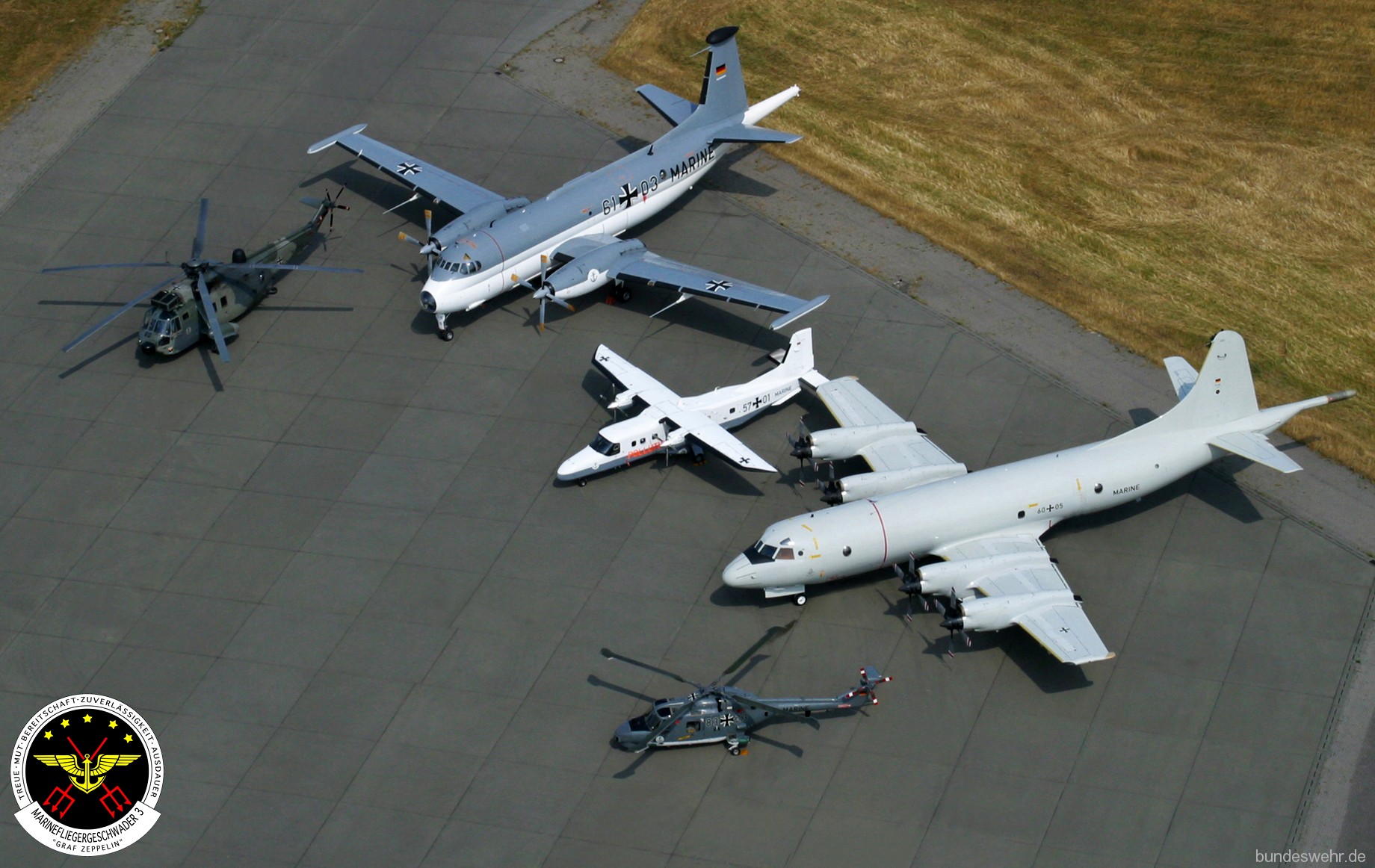 |
| 11/25 |
| Aircraft: |
|
Helicopters NHIndustries NH90 Sea Tiger (31 on order) NHIndustries NH90 Sea Lion (18) Westland Sea Lynx Mk.88 / Mk.88A (22) Westland Sea King Mk.41 (23) Fixed Wing Aircraft Boeing P-8A Poseidon (8) Lockheed P-3C Orion (8) Breguet BR1150 Atlantic (20/decommissioned) Panavia PA200 Tornado IDS (112/decommissioned) Lockheed F-104G Starfighter (?/decommissioned) |
| Units: |
|
Active units: Marinefliegergeschwader 3 (MFG 3) (at Nordholz) Boeing P-8A Poseidon Lockheed P-3C Orion Dornier 228 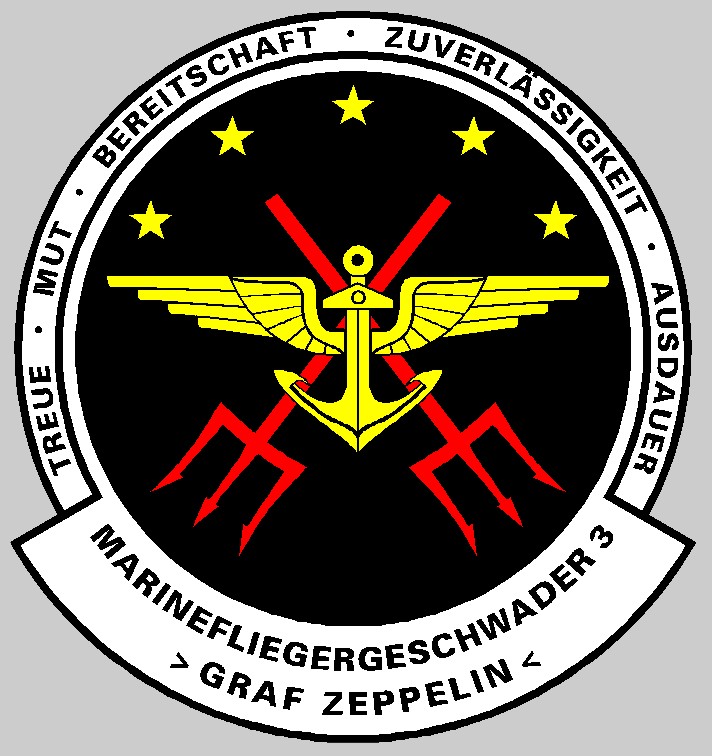 Marinefliegergeschwader 5 (MFG 5) (at Nordholz) NHI NH90 Sea Lion Westland Sea Lynx Mk.88A Westland Sea King Mk.41 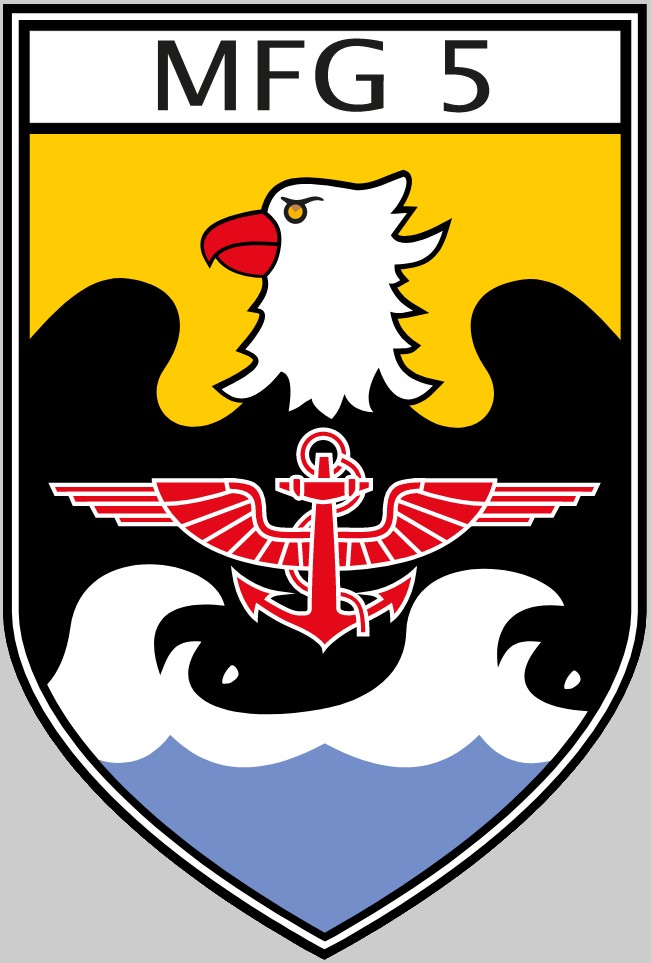 Former units: Marinefliegergeschwader 1 (MFG 1) (at Schleswig/Jagel - 1959-93) Marinefliegergeschwader 2 (MFG 2) (at Tarp/Eggebek - 1958-2005) Marinefliegergeschwader 4 (MFG 4) (at Kiel-Holtenau - 1963-68) 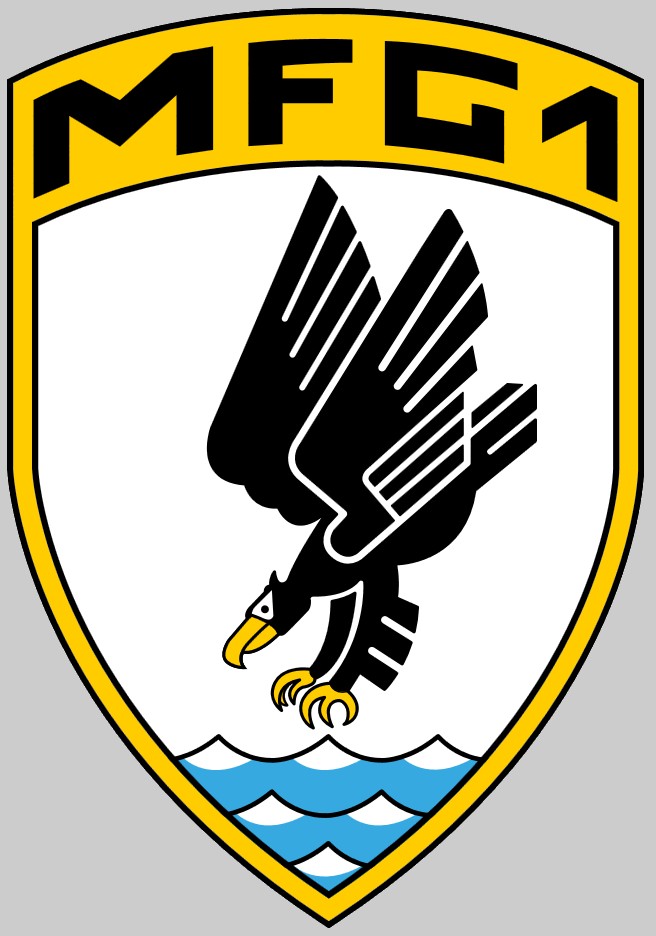
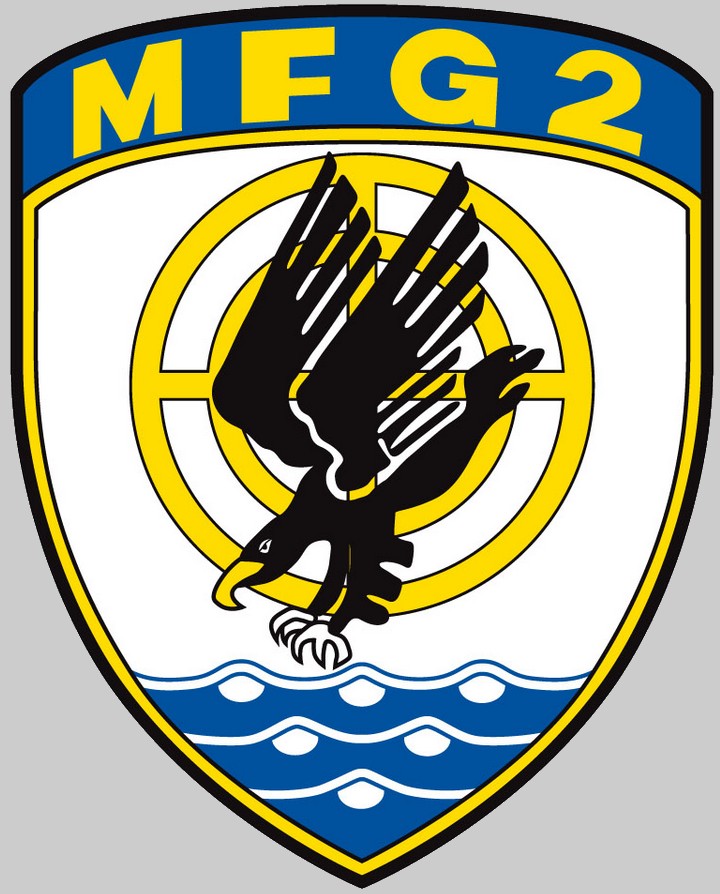
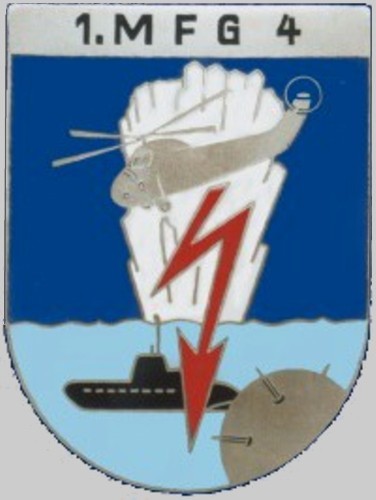 |
|
|
|
The Marinefliegerkommando (Naval Aviation Command) is the naval air
arm of the German Navy. History: During the First World War, naval aviators were part of the Kaiserliche Marine. After the war Germany was no longer allowed to maintain a military aviation capability. Heer and Marine both attempted to nevertheless maintain theoretical and practical knowledge of air warfare through concealed activities such as pilot training efforts. After the National Socialists had risen to power, these activities intensified until Nazi Germany unilaterally declared its withdrawal from armament limitations in 1935. The nascent rump naval air arm was quickly absorbed by Hermann Göring's newly established Luftwaffe, much to the navies chagrin. However, as a component of the air force, the Seeflieger maintained their organisational structure. A carrier-based aviation component was planned for the aircraft carrier Graf Zeppelin, laid down in 1936, but lack of suitable aircraft, coupled with the reluctance of the Luftwaffe to support the Kriegsmarine in the carrier's construction, culminated in its eventual cancellation in 1943. After the Second World War, it was not until West Germany's entry into NATO in the 1950s and the establishment of the Bundesmarine, that a naval aviation force (Marineflieger) was formed. The United Kingdom was instrumental for the creation of the Marineflieger, supplying training and aircraft. A number of Royal Navy Fleet Air Arm (FAA) officers operated as part of the German Navy in the process. The first aircraft included Hawker Sea Hawks, which were used by Marinefliegergeschwader 1 and 2, and Fairey Gannets. Until the new bases were ready, pilots were trained with the FAA in the UK. The first Kommando der Marineflieger was created in July 1956 in Kiel-Holtenau and elevated to divisional level in 1964, renamed to Marinefliegerkommando in 1967 and to Marinefliegerdivision in 1969 as it grew in size. This Naval Aviation Division commanded five wings and several supporting units in total before 1990, including two combat aircraft wings equipped with Lockheed Starfighter fighter aircraft and then the Panavia Tornado. The Fairey Gannet maritime patrol aircraft (MPA) was replaced with the Bréguet Atlantic. After the Cold War, the unit was renamed to Flotille der Marineflieger in 1994 and reduced to a brigade-level command. Its last combat aircraft were handed over to the German Air Force in 2005 before the flotilla was dissolved on 30 June 2006. Afterwards, the remaining wings were directly assigned to fleet command until 8 October 2012, when the current Marinefliegerkommando was created in Nordholz under Kapitän zur See Andreas Horstmann, who had already been charged with naval aviation at fleet command in Rostock from 2006 to 2009. At the same time the remaining naval aviation aircraft were largely consolidated at Nordholz Naval Airbase. Two active wings are currently assigned to the unit: Naval Air Wing 3 (MFG 3) "Graf Zeppelin" 1st Flight (P-3C Orion / upcoming P-8A Poseidon) 2nd Flight (P-3C Orion, Do-228LM) Naval Air Wing 5 (MFG 5) 1st Flight (Sea Lynx Mk 88A) 2nd Flight (Sea King Mk.41) Instruction Flight |
|
|
seaforces.org
|
German
Navy start page
| |
